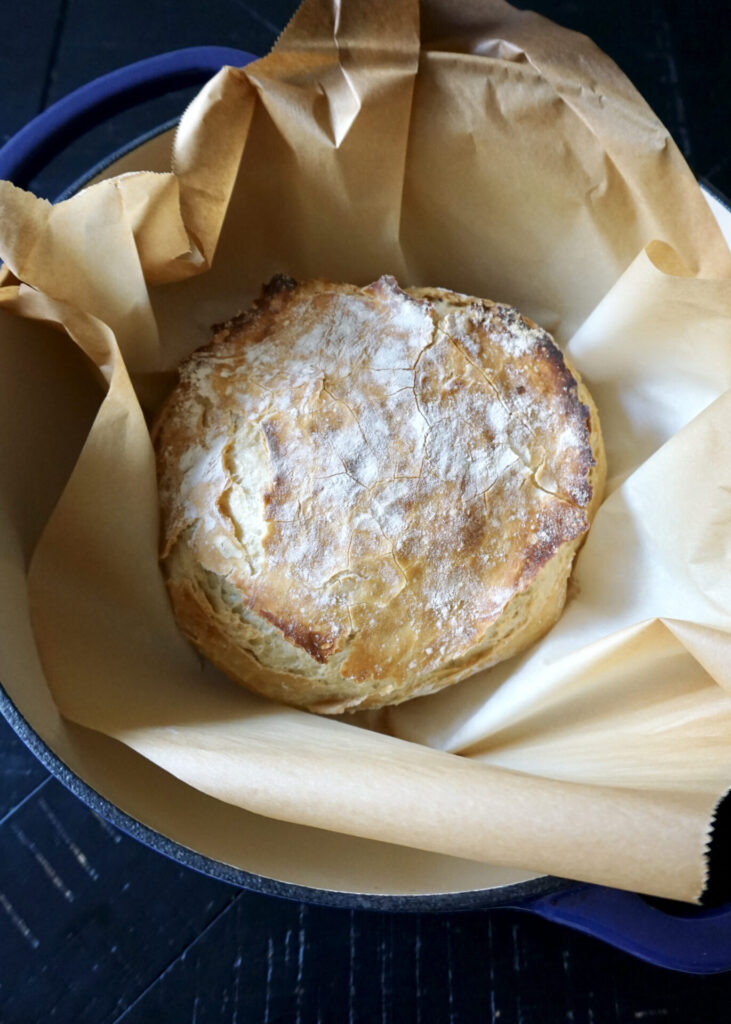
I’ve made this knead-free bread a few times now and every time am surprised by how very little effort can yield such good results! You toss a few ingredients together in a bowl the night before (for best flavor) and let it sit. The next day you form it into a round and bake it in the oven inside a hot dutch oven pot with a lid on top. The trapped steam turns the crust extra crisp and the inside is soft and chewy. Perfect alongside salad or cup of soup.
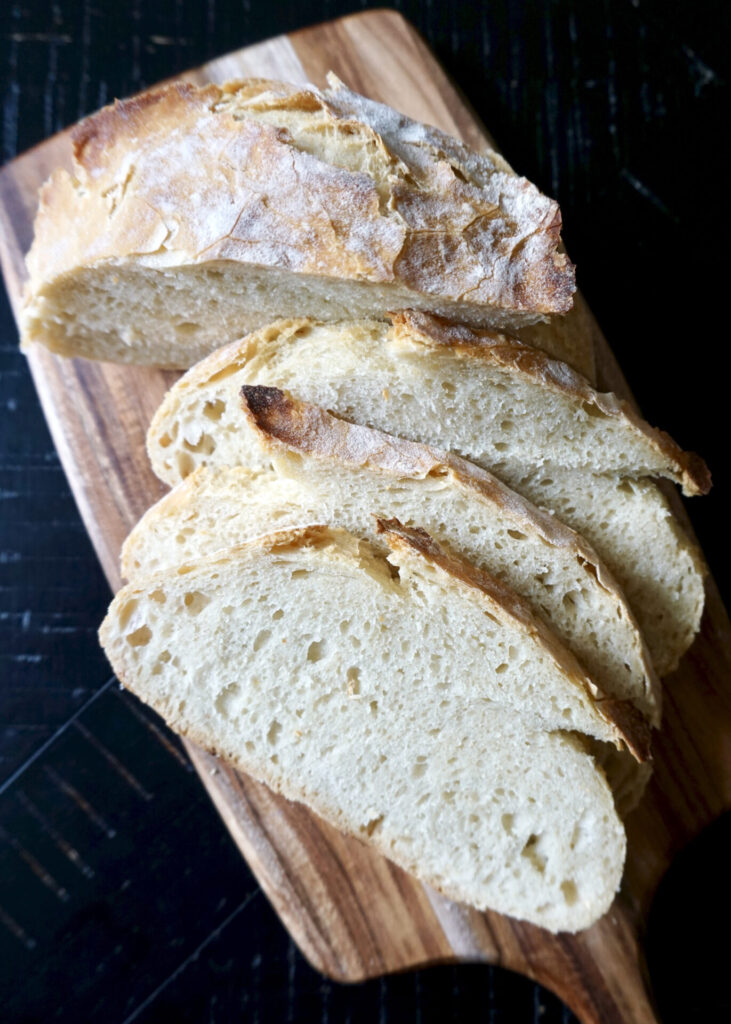
As you can see, I use parchment paper for easy transfer of the dough to the pot. (I also bake all of my pizzas on parchment in a very hot oven and have never had trouble with the parchment burning.) My family devoured this loaf in one sitting, but should you have leftovers they can be frozen in a freezer bag and defrosted as needed.
No-Knead Dutch Oven Bread
INGREDIENTS
3 cups all-purpose flour + more for shaping
2 tsp. sea salt
1 tsp. active dry yeast OR 3/4 tsp. instant yeast
1 1/2 cups warm water (about 110-115 degrees F)
DIRECTIONS
- In a large bowl, whisk flour, salt and yeast until well mixed. Pour in warm water and use a wooden spoon to stir until a shaggy dough forms. The mixture will be wet and very sticky to the touch.
- Cover bowl tightly with plastic wrap and set aside in a warm place 8 to 18 hours until dough rises, bubbles and flattens on top.
- Heat oven to 450 degrees F. Once oven is preheated, place a 6-quart Dutch oven (with cover) in oven 30 minutes before baking. (I preheated my dutch oven with the oven and it was plenty hot.)
- Punch down dough. Generously flour a sheet of parchment paper; transfer dough to parchment and, with floured hands, quickly shape into a ball. Place dough on parchment paper and sprinkle top lightly with flour. Top with a sheet of plastic wrap and let rest 30 minutes. (I let my dough ball rest uncovered while the oven preheated, about 20 minutes.)
- Remove Dutch oven from oven. Uncover dough and carefully transfer to Dutch oven, with or without parchment paper beneath (if bottom of Dutch oven is not coated with enamel, keep parchment paper beneath dough). Cover Dutch oven and return to oven.
- Bake bread 30 minutes covered, then another 10 to 15 minutes uncovered until dough is baked through and golden brown on top. Cool slightly before slicing. (My oven runs hot and it was done after 35-40 minutes total- the bread will sound hollow when tapped.)
Makes 1 loaf.
(Adapted from Girl vs Dough)

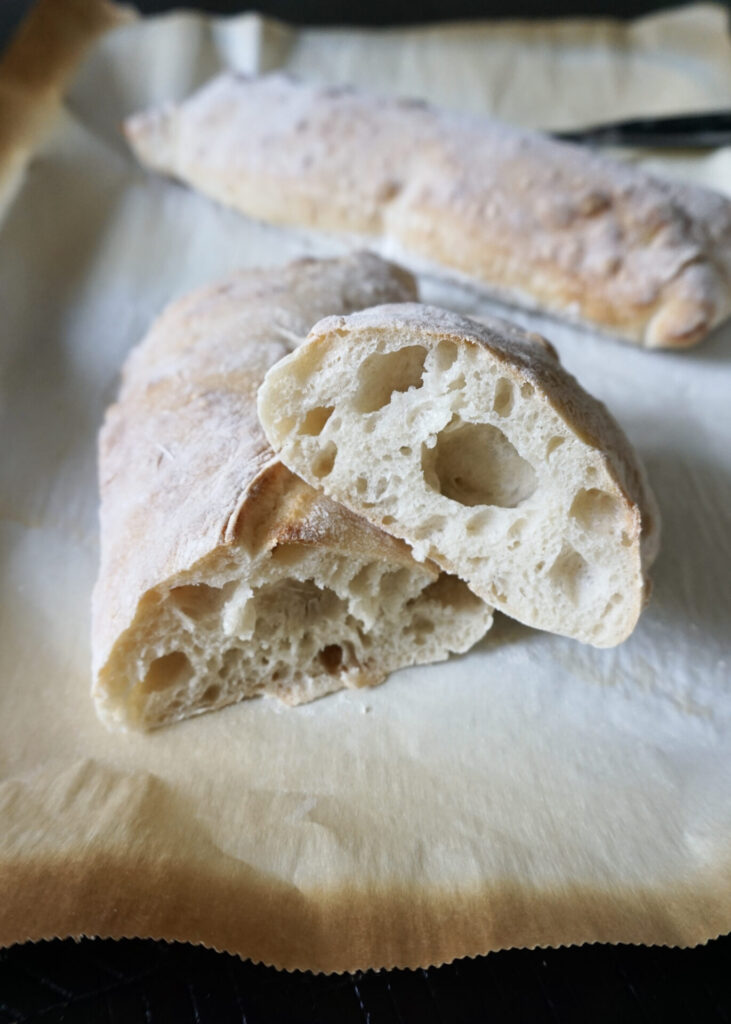
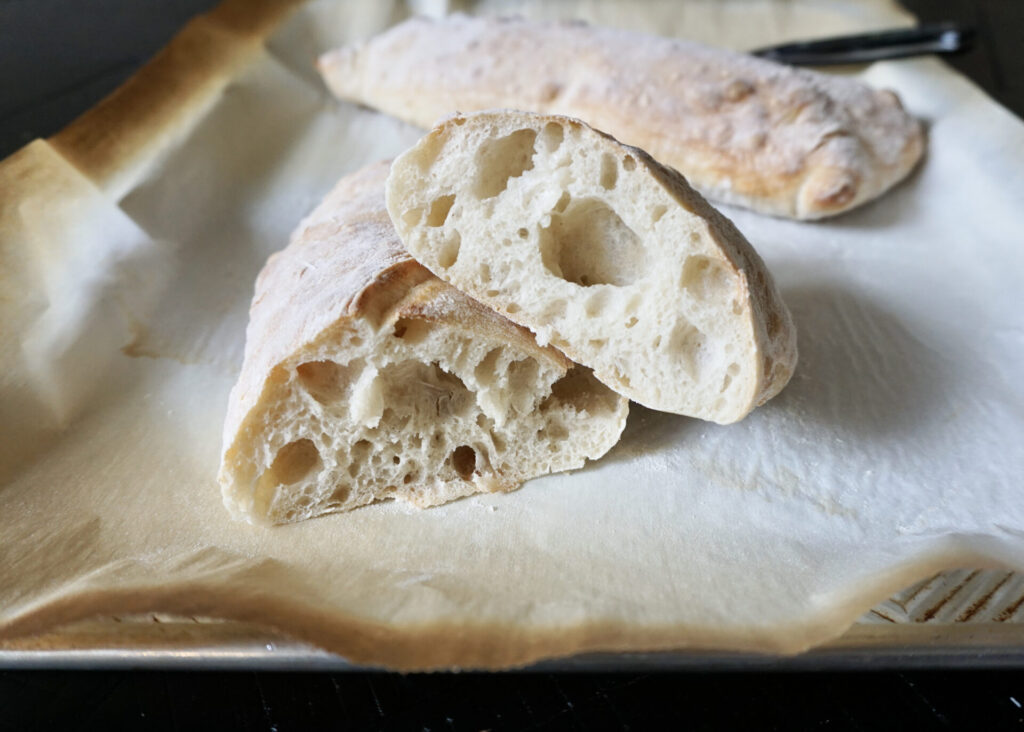
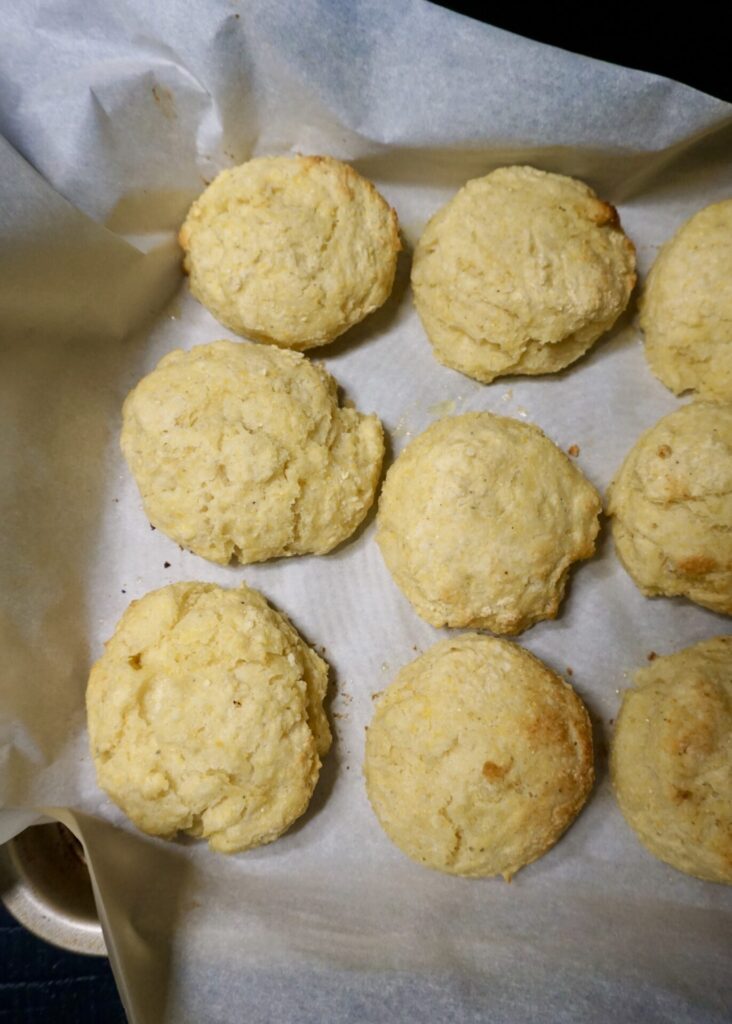
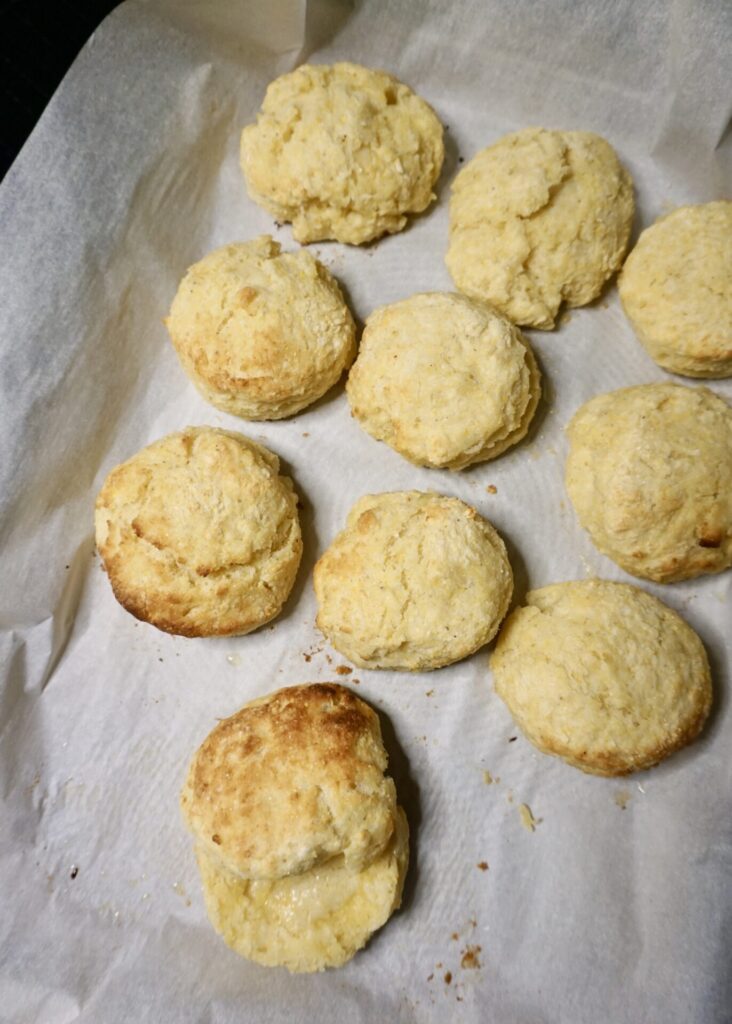
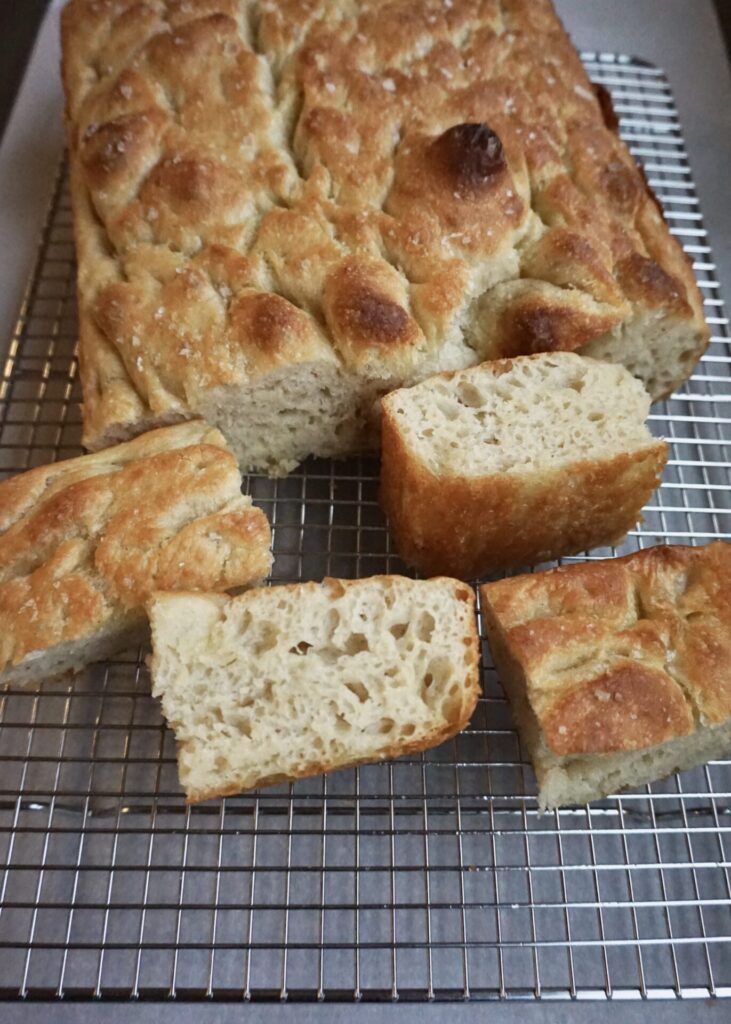
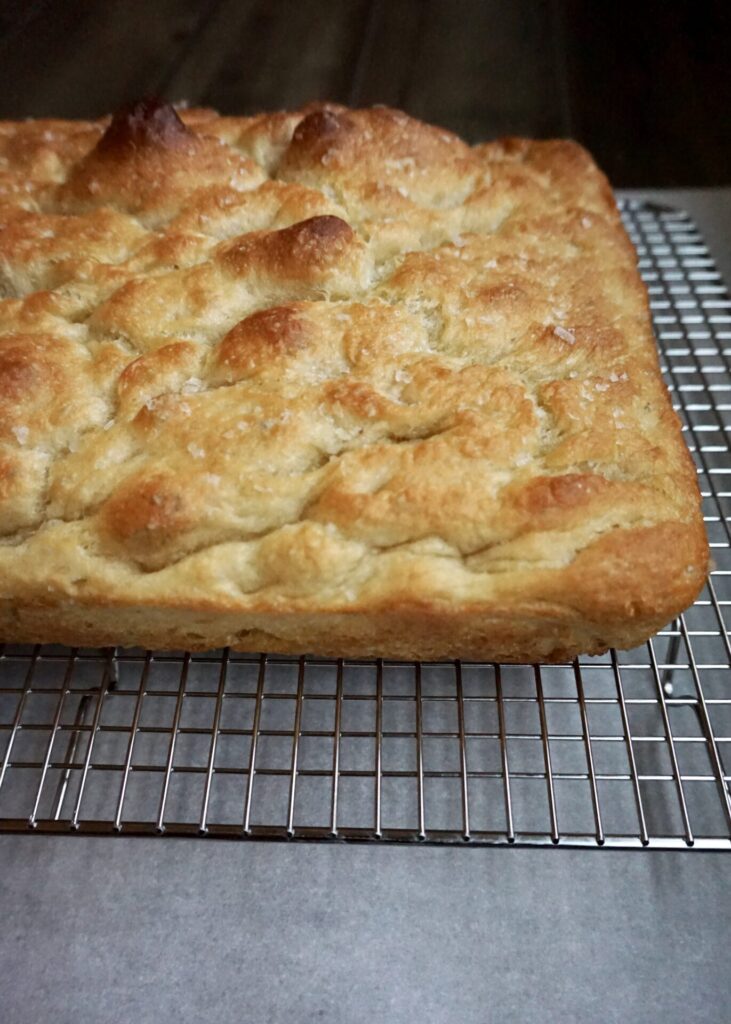
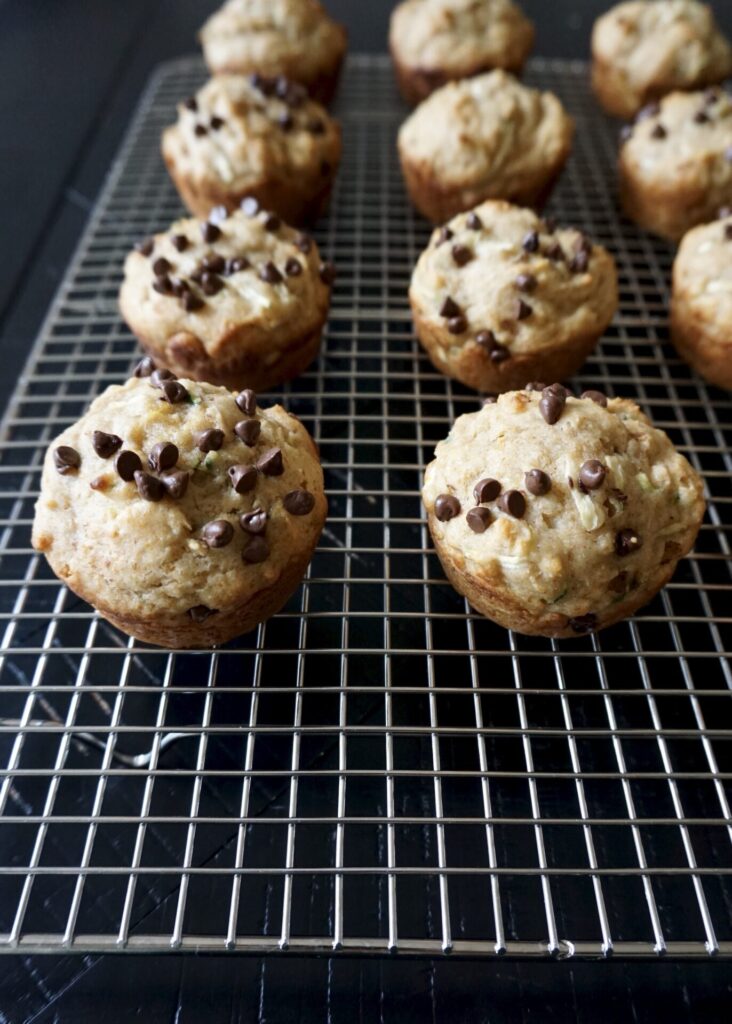
/ 1 COMMENT / Share